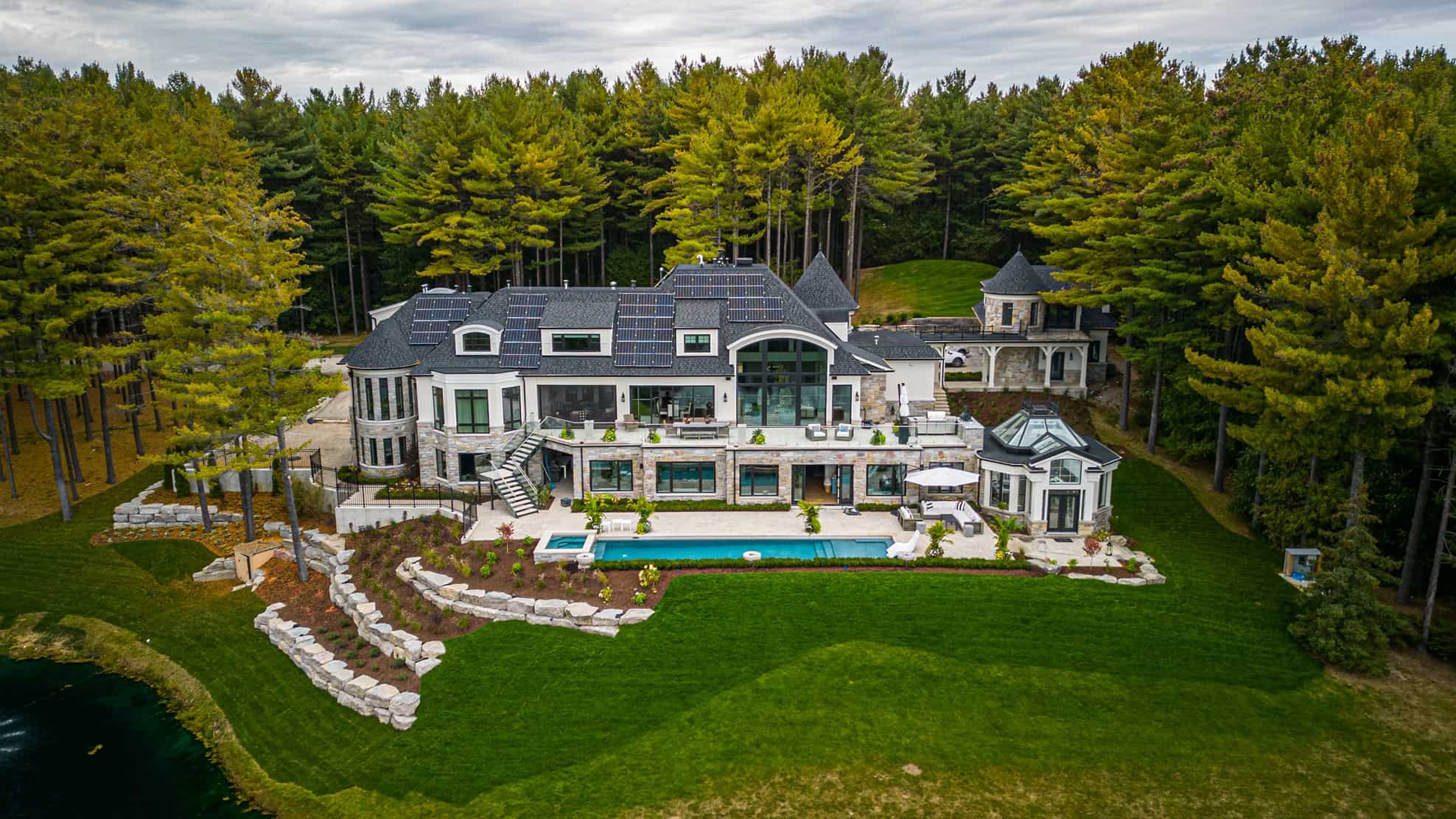I’d say Building Science is the most important thing to have a good grip on in today’s high performance building space. Let me explain…. I was recently challenged when asked why we adopted Net Zero, Net Zero Ready ( see article) What does it mean to be NET ZERO? and Energy star as the sustainable programs of choice. Why not just build to code and make the changes as code requires it? A good question……

Why was I attracted to the notion of using our precious resources sparingly? Perhaps, I thought, it was brought on by my upbringing, intimately knowing the frugality necessary of navigating through the 1970s. Gas was rationed, evidenced by big line ups at the gas pumps, power cuts were the norm and using the heating in the house quite judiciously room by room was an absolute must. I suppose the spectre of what was termed “the energy crisis” in the 1970’s left its mark….And having parents who went through the second world war surely impressed me with the “waste – not – want -not maxim”.

Studying at Ryerson University ( then Polytechnical) I found myself drawn to those self same subjects. Thermodynamics , energy, insulation, psychrometry all contained in those building science and engineering courses. Amazingly, I look back now and recall the CBD – Canadian Building Digests, where Canadian engineers had wrestled with and analyzed building envelopes and the science involved, almost everything we know now about building was in seed form back then.
What’s notable and not surprising, is some of the best practitioners in the industry are Canadians ( I’m biased . As I continue my home building career, thought leaders and luminaries like Gord Cooke, Robert Bean, Andy Odding, Doug Tarry, Chris Magwood, Sam Rashkin ( to name a few) also Gene Myers from the USA, have encouraged, educated and inspired me to drive forward with sustainable, high performance and healthy homes.
Whatever the genesis, my personal penchant for building high performance homes and loving building science, which informs that view, can be illustrated by a strange interchange I had as a young contractor some 30 years ago.
It was the dead of winter and I got called out to a home where I found an old couple asking for a quote on new windows. I asked why, as the windows didn’t appear that old. They told me “the windows are no good because they are all sweating and we must have new ones.” Taking a closer look at the windows, I saw that the seals still seemed to be intact and the only reason, i thought, the windows were sweating was there was too much humidity in the house. I asked if I could look at their furnace, thinking the humidifier hadn’t been set properly.

They both looked at me sideways thinking maybe this was a scam?. After I politely insisted, I went downstairs to find the humidifier was broken pouring water on to the heat exchanger which had eventually perforated and combustion gases were coming into the home. I noticed their red watery eyes and figured the humidity they were seeing on the windows was what I recalled from my building science classes simply condensation from flue gases and i was reminded of an old Site Super ( who knew his science), the products of combustion : carbon monoxide, carbon dioxide and water vapour among other things.
I came upstairs and happily told them they didn’t need new windows at all but to have the furnace serviced immediately as it was dangerous and poisoning them! After they got their new furnace they called me, thanking me for possibly helping them from getting very sick! I never forgot that event. It seems a little understanding of building science can be very helpful and healthful and it felt good to sleuth out the problem and help someone!
Good building science rocks!!






